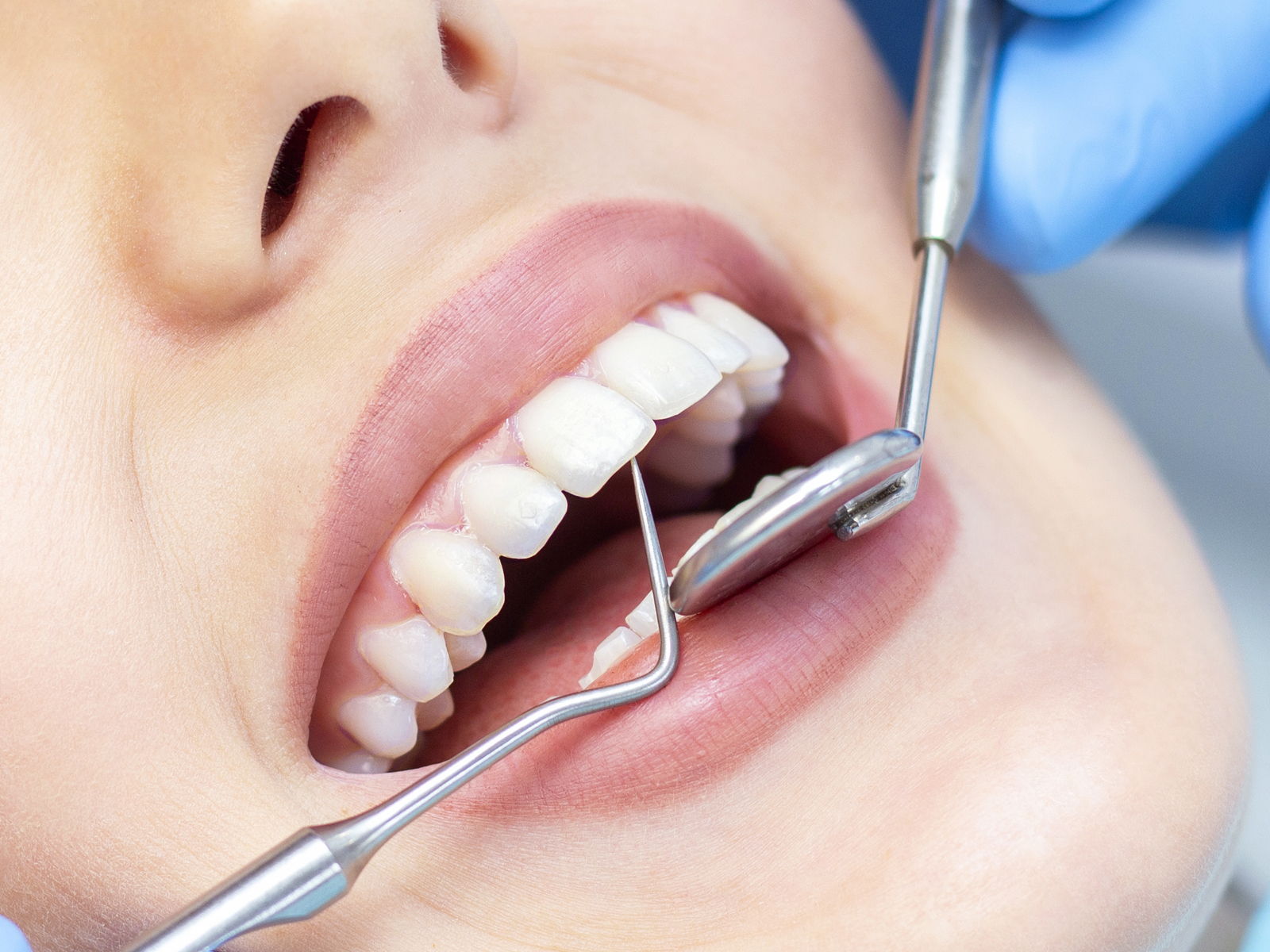Dental Insurance
Dental insurance is designed to pay a portion of the costs associated with dental care. There are several different types of individual, family, or group dental insurance plans grouped into three primary categories:
- Indemnity (generally called: dental insurance) that allows you to see any dentist you want who accepts this type of coverage;
- Preferred Provide Network dental plans (PPO);
- Dental Health Managed Organizations (DHMO) in which you are assigned or select an in-network dentist and/or in-network dental office and use the dental benefits in that network.
Indemnity Dental Insurance Plan: This plan may be helpful when you want to stay with your dentist and he/she does not participate in a dental network. By the very nature of this plan the insurance company generally pays the dentist a percentage of your services according to the policy you purchased. In addition you will want to review the co-payment requirements, waiting periods, stated deductible, annual limitations, graduated percentage scales based on the type of procedure and/or length of time you have owned the policy prior to starting your dental work.
Dental Health Maintenance Organization (DHMO): When a dentist signs a contract with a dental insurance company that provider agrees to accept an insurance fee schedule and give their customers a reduced cost for services as an In-Network Provider. Many DHMO insurance plans have little or no waiting periods, no annual maximum benefit limitations, while covering major dental work near the start of the policy period. This plan is sometimes purchased to help defray the high cost of the dental procedures. Some dental insurance plans offer free semi-annual preventative treatment. Fillings, crowns, implants and dentures may have various limitations.
Participating Provider Network (PPO). Depending on your specific plan, the PPO works similar to a DHMO while using an In-Network facility. However, it allows you to use an Out-of-Network or Non-Participating Provider. Any difference of fees will become the financial responsibility of the patient unless otherwise specified in your dental policy. As noted, some dental insurance plans may have an annual maximum benefit limit. Thus, once the annual maximum benefit is exhausted any additional treatments may become the patient’s responsibility. Each year that annual maximum is reissued. The reissued date may vary as a calendar year, company fiscal year, or date of enrolment based on your specific plan.

Saving You Time & Money While Shopping For Insurance
Looking for Student Health Insurance?
From Student health insurance, group health insurance, to group life insurance, Navigator will connect you with the best deals for your business.
Get Free Insurance Quotes
Fill out our inquiry form, and we'll identify the perfect policy to suit your requirements and lifestyle.
Emergency Hotline: +852 2530 2530
Dental Insurance Insights
Preventive Care is Key
Most dental insurance plans emphasize preventive care, covering routine check-ups, cleanings, and X-rays at little to no cost. Regular visits to the dentist can catch early signs of cavities, gum disease, or other issues, saving you from more expensive treatments later.
Don’t Let Benefits Go to Waste
Many dental insurance plans operate on a “use it or lose it” basis, meaning unused benefits don’t roll over to the next year. Schedule your routine appointments and any necessary treatments before the year ends to maximize your coverage.
Invest in Your Oral Health
Dental insurance is an investment in your overall health. Poor oral health has been linked to systemic conditions like heart disease, diabetes, and even dementia. By prioritizing dental care, you’re not just protecting your smile—you’re safeguarding your well-being.
Dental Insurance FAQs
Dental insurance usually covers preventive care like routine cleanings, exams, and X-rays at 100%. Basic procedures such as fillings and extractions are often covered at 70-80%, while major procedures like root canals, crowns, and bridges may be covered at 50%. Orthodontic treatment (e.g., braces) may have limited coverage or require a separate plan.
Dental insurance focuses specifically on oral health and often emphasizes preventive care. Unlike medical insurance, dental plans typically have lower annual maximums (e.g., $1,000-$2,000) and may cap coverage for certain procedures. Additionally, dental insurance usually operates on a “use it or lose it” basis for annual benefits.
The annual maximum is the maximum amount your dental insurance will pay for covered services within a year. For example, if your plan has a $1,500 annual maximum, the insurance will cover up to $1,500 in dental care, and you’ll pay out-of-pocket for any costs beyond that.
A deductible is the amount you must pay out-of-pocket before your insurance starts covering costs. For example, if your deductible is $50, you’ll pay the first $50 of your dental expenses, and your insurance will cover the rest according to your plan’s terms.
Most dental insurance plans do not cover purely cosmetic procedures, such as teeth whitening or veneers. However, some plans may cover procedures that have both cosmetic and functional benefits, like crowns or bridges.
Visiting an out-of-network dentist may result in higher out-of-pocket costs, as your insurance plan may cover a smaller percentage of the fees or reimburse based on lower rates. Always check with your insurance provider before scheduling an appointment.
Some dental insurance plans have waiting periods for certain procedures, especially major treatments like crowns or orthodontics. Waiting periods can range from a few months to a year, so review your plan’s details if you anticipate needing specific procedures.
Yes, you can typically get dental insurance even if you have pre-existing conditions. However, some plans may exclude coverage for conditions that existed before you enrolled or impose waiting periods for related treatments.
Dental insurance is worth it if you prioritize preventive care and anticipate needing routine or major dental work. It can save you money on regular check-ups, cleanings, and treatments while providing peace of mind for unexpected dental issues.











